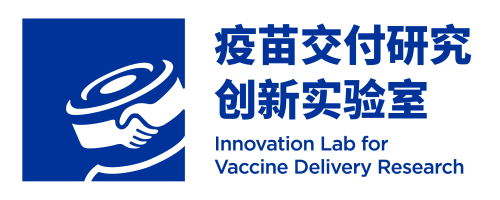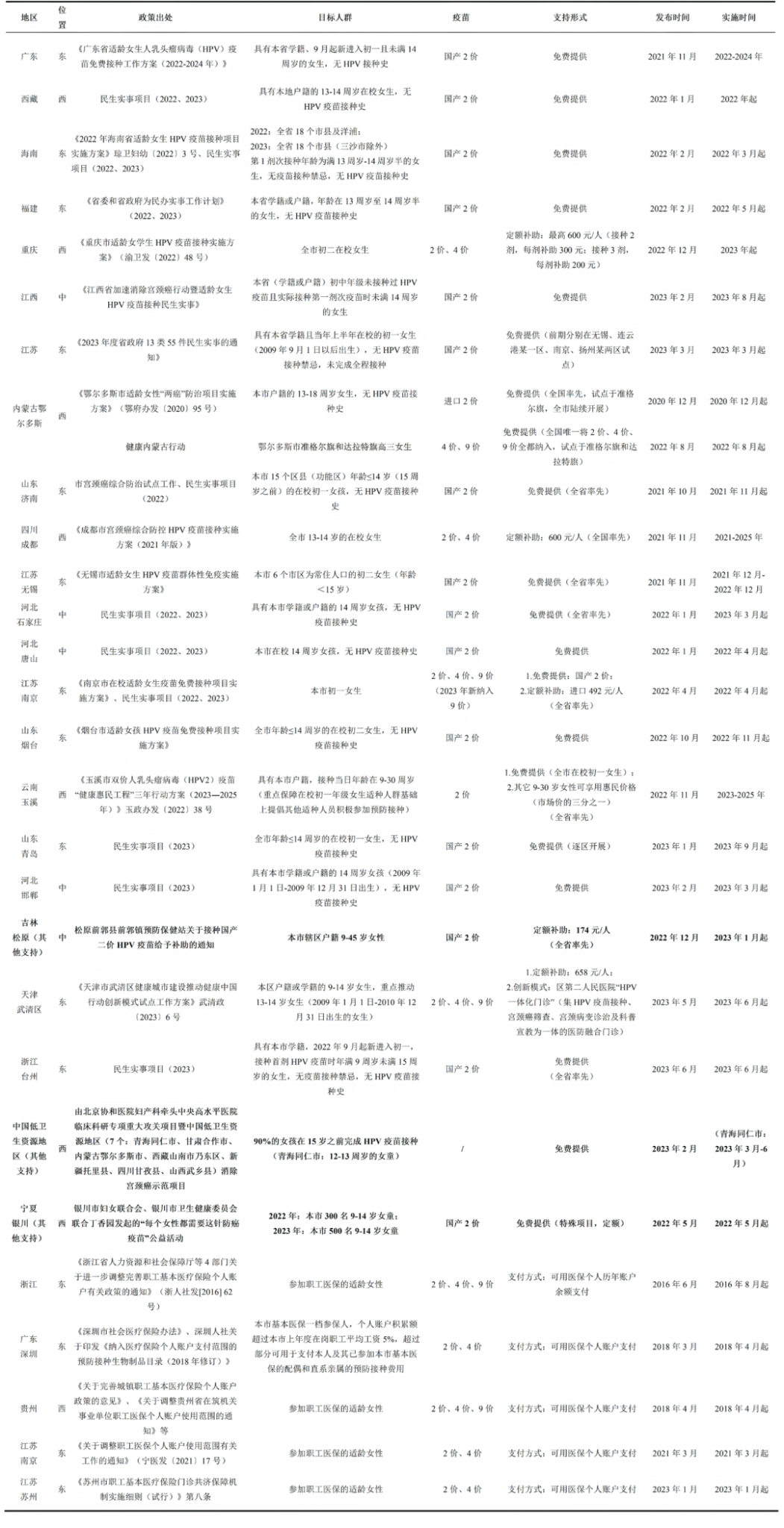Summary
Cambodia, a lower-middle-income country with high OOP health spending and low insurance coverage, established its NIP in 1986. It has initiated preparations to transition away from external funding since 2012. The NIP program currently offers nine vaccines covering 12 diseases. While DTP1 and DTP3 coverage consistently exceed WHO thresholds, gaps remain for MCV2, and regional disparities persist—driven more by maternal education and socioeconomic status than urban–rural divide.
Without a formal NITAG, a national technical working group—comprising MoH, Ministry of Finance, and international partners—guides immunization strategy. The MoH manages operations, while provincial and district leaders participate in reviews.
Over 70% of routine immunization is donor-funded, though government contributions have increased to nearly 30% with the remaining small fraction comes from OOP payment. Vaccines are free in public facilities, but some private clinics charge administration fees. Around 90% of spending goes to vaccine procurement.
Most vaccines are delivered through outreach from primary health centers to over 13,000 villages. Private providers also play a significant role, though quality and coordination issues persist. Equipment such as gas-powered refrigerators and auto-disposable syringes support service delivery.
Cambodia is currently using the health information system (HIS) to collect data on routine health service activities and health problems reported from all levels of public health facilities. Vaccine coverage data are aggregated at the levels of health center, district, and province, but no surveillance or monitoring data are analyzed or available to detect unimmunized populations. Cambodia uses Vaccine Adverse Events Information Monitoring System (VAEIMS), developed by IVI, for AEFI monitoring.
About NIP Country Case
The NIP country case was part of the WHO APO report Comparative analysis of the national immunization programmes in select ASEAN and SAARC countries: progress and challenges. The study was conducted by the VaxLab team in 2023-2024.
More in the report Chapter 2 (PDF Page 27/154): https://iris.who.int/bitstream/handle/10665/380387/9789290620785-eng.pdf?sequence=1&isAllowed=y
Content Editor: Tianyi Deng
Page Editor: Ruitong Li





